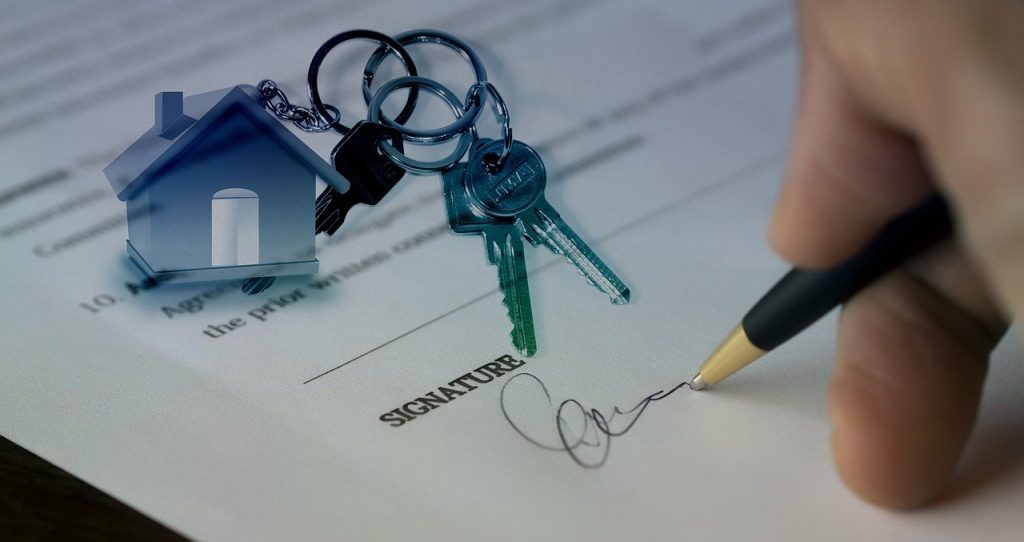If you are looking for financing to carry out a real estate project, mortgage is probably your best option. But to obtain this support, one of the main obligations you must face is the development of a real estate financing plan for the bank. With the main objective of convincing the lender of the viability of your project, this document therefore requires special attention. Our experts will explain how to do it, step by step, here. They also share with you their advice to increase the odds in your favor.
Summary
Real estate financing plan for the bank: What’s the point ?
A financing plan is a document that presents more or less in detail the assessment of a financing requirement. More precisely, it highlights all the expenses related to the realization of the real estate project, as well as all the resources you have to finance it. We thus deduce the amount of necessary financing which is requested from the bank.
Realized early, the real estate financing plan allowsassess the viability of your project, even before submitting it to a funding organization. In particular, this allows adjustments to be made, if necessary.
How to set up a real estate financing plan for the bank?
The financing plan for a real estate project must contain all the information necessary to be validated by a financial institution. To do this, it is advisable to develop it by respecting the following steps:
Evaluate your resources
In order to establish a real estate financing plan for the bank, it is necessary to take stock of your resources. These are assessed in particular on the basis of your employment contract and your professional situation. Your salary and other regular income are thus taken into account at 100% if you are:
- In CDI;
- Entrepreneur ;
- Self employed ;
- Civil servant.
On the other hand, for trainees, temporary workers or workers on fixed-term contracts, this income is not taken into account.
If you have rental income, this should only be considered up to 70% or 80% to anticipate the risk of rental vacancy.
In addition to these resources, your personal contribution must also be evaluated. You should know that to obtain a mortgage, it is strongly recommended to make a personal contribution. Even if no official text requires it, most financial institutions take it into account. As a general rule, this contribution must represent at least 10% of the price of the property to be acquired or built. It can come from your savings, an inheritance or even a home savings account / plan.
Evaluate ALL expenses to be incurred
This step is essential in determining the ideal amount to borrow. If you identify the property you want to acquire, all you have to do is find out about its purchase cost and integrate it into your financing plan. Keep in mind that the more specific you are, the more likely your mortgage financing plan for the bank will be approved.
In addition, some miscellaneous costs involved in the process of acquiring real estate:
- Agency fees;
- Application fee ;
- Notary fees;
- Guarantee costs;
- Brokerage fees.
It is also important to integrate the cost of the renovation work if it is an old property, as well as the condominium fees if you choose to buy an apartment.
Identify the available aids
Today there are several purchase assistance loans. It is even possible to combine them in certain cases. For example, you can benefit from:
- The loan agreement;
- The Paris Housing loan;
- The zero rate loan (PTZ);
- The Housing Action loan;
- The Social Accession Loan;
- Loans granted by local authorities.
It should be noted, however, that this aid is only accessible under certain very specific conditions. So take the time to find out about the devices to which you are actually eligible.
Read also: What is work credit insurance?
Evaluate your debt capacity
Now that you have an idea of your resources and what to spend, you can estimate how much to borrow. However, it is necessary that this is in line with your borrowing and repayment capacity.
Generally, your debt ratio should not exceed 33% of your monthly income. It is also important to take into account the borrowing rate (APR) when setting up your financing plan for the bank. To make your life easier, you can perform credit simulations on your bank’s website, taking your profile into account.
Some tips for successfully developing your real estate financing plan
The reliability of your real estate financing plan depends essentially on the accuracy of the information provided. For that, it is important to inform yourself well. You can also use examples of financing plan available online.
In addition, for a correct assessment of your borrowing capacity, it is recommended that you use a loan simulator. To do this, all you need to do is integrate the data from your financing plan. Also remember to compare the loan offers of several banks in order to select the most advantageous.
Read also : Can we claim a debt after 10 years?




